
Rigid Flex PCB is a high-density interconnect product that combines the characteristics of rigid and flexible circuit boards, widely used in high-end electronic devices such as smartphones, medical equipment, aerospace instruments, etc. Its 10 layer structure achieves high integration and flexibility by alternately stacking hard and soft boards, but the production process is complex, involving precision machining and strict quality control. The following analysis will focus on structural design, process flow, production control points, and technical difficulties.

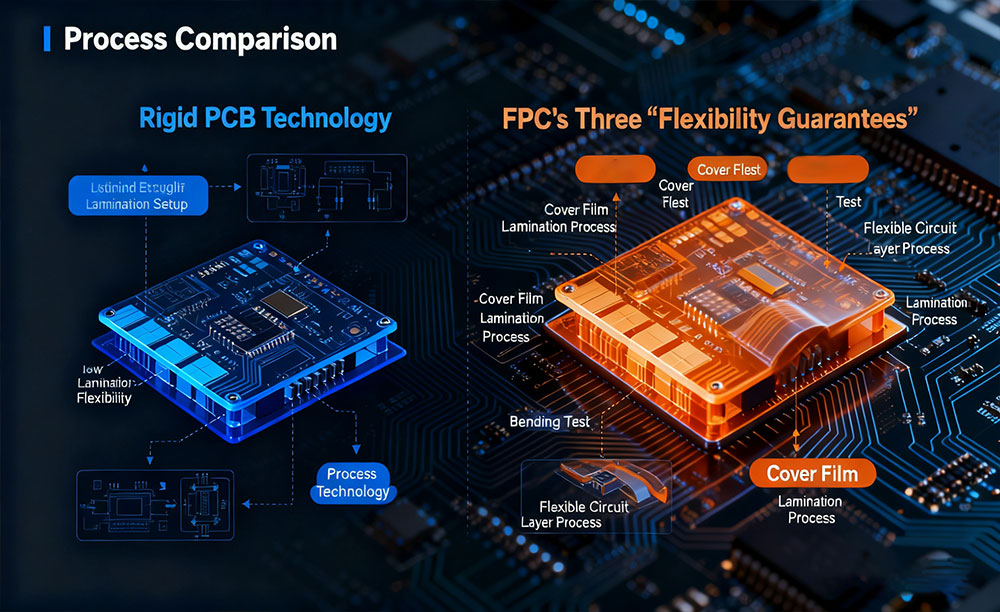
The substrate of a regular rigid PCB is tightly bonded to copper foil, while the surface of the P substrate of FPC is smooth and requires special treatment to ensure that the copper foil adheres firmly. During pretreatment, the P1 film is first etched with a chemical solution (such as sodium hydroxide) to create tiny pits, then coated with a layer of adhesion promoter (similar to "glue"), and finally bonded to the substrate through hot pressing. An experiment conducted by a certain FPC factory showed that the adhesion of pre treated copper foil can reach 0.8N/mm, which is twice that of untreated copper foil, and copper detachment is less likely to occur when bent.

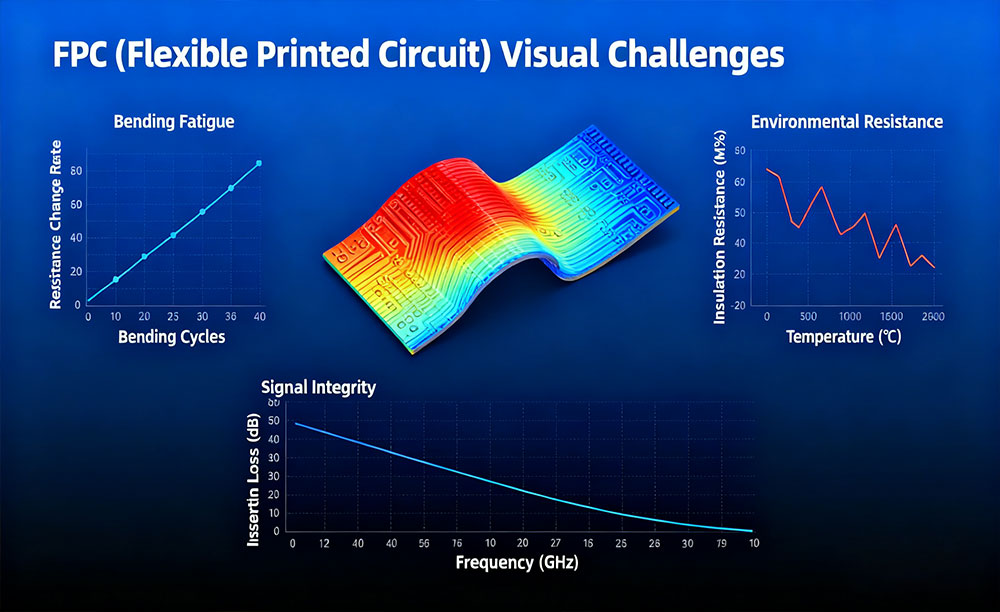
The manufacturing process of FPC is an art of balancing flexibility and rigidity, which not only allows the circuit board to bend like paper, but also ensures the conductivity and reliability of the circuit. With the development of wearable devices, flexible displays, and other fields, the manufacturing process of FPC will continue to advance towards thinner (thickness<0.05mm) and more bending resistant (over 500000 times) directions. In the future, we may see circuits woven like fabric, making electronic devices truly ubiquitous.


In the watch straps of foldable phones and smartwatches, there is a type of circuit board that can bend like paper - flexible printed circuit board (FPC). It can keep the circuit smooth through repeated folding and bending, not by magic, but by special materials and precise manufacturing processes. From material selection to final molding, every step of FPC needs to balance "flexibility" and "conductivity", which is much more difficult to manufacture than ordinary rigid PCBs.

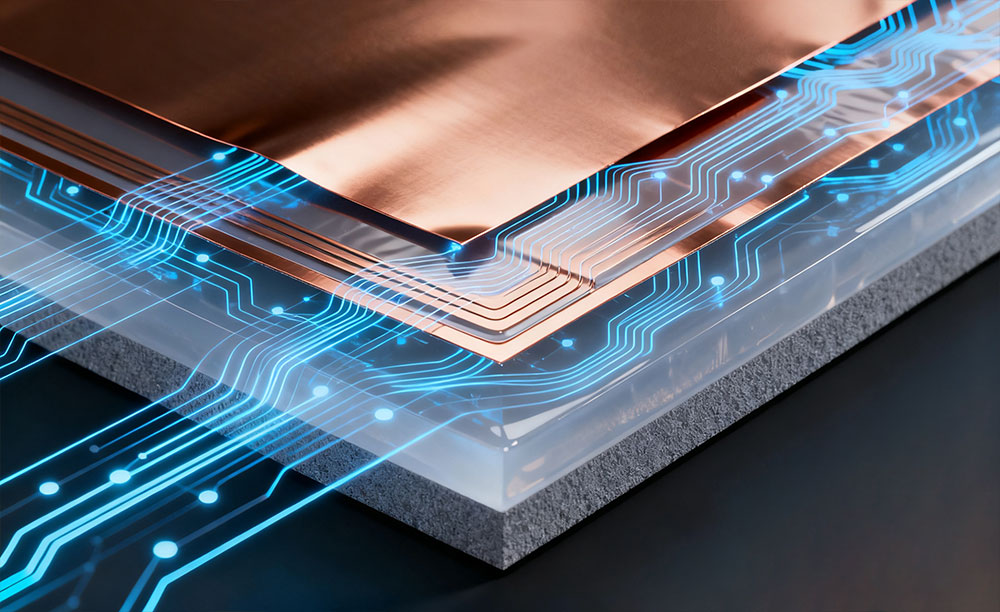
Against the backdrop of the continuously increasing demand for data transmission speed in AI robots, the performance of flexible copper-clad laminate (FCCL), as the core substrate of soft hard junction board (R-FPC), directly determines the transmission quality of high-frequency signals between the robot's "brain" and "limbs", becoming a key carrier to break through the bottleneck of signal delay.

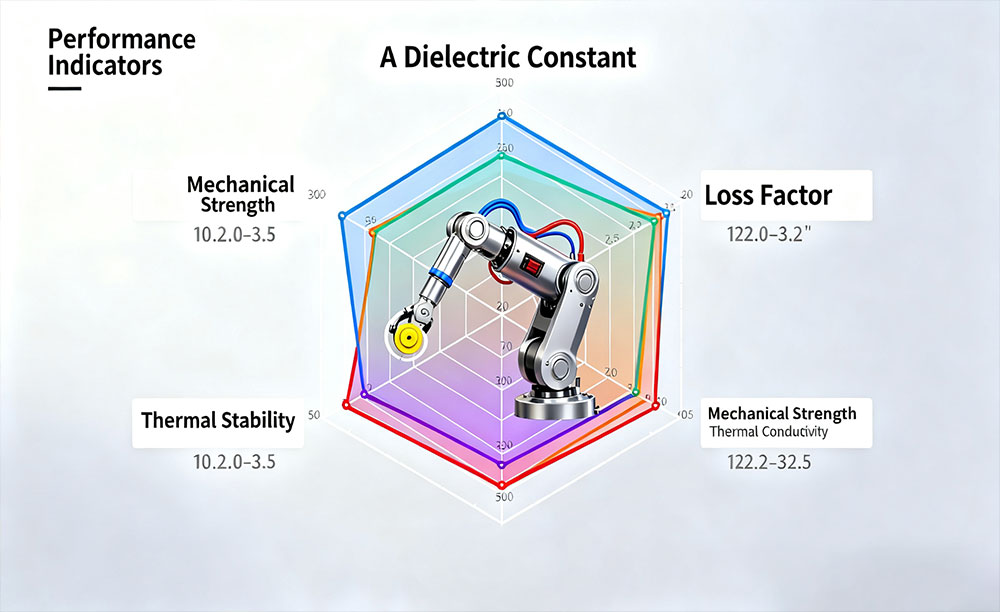
For AI robots using soft hard composite boards, the performance of high-frequency FCCL is not simply "high" in a single dimension, but needs to be deeply adapted to the application scenarios and work environments of the robot. The selection of its core performance indicators directly affects the overall performance of the soft hard composite board.


With the development of AI robots towards "miniaturization and high integration", the limitations of traditional high-frequency FCCL in thickness, weight, and functional integration are gradually emerging. The industry is promoting deep matching between high-frequency FCCL and robot design requirements through three major technological innovations.

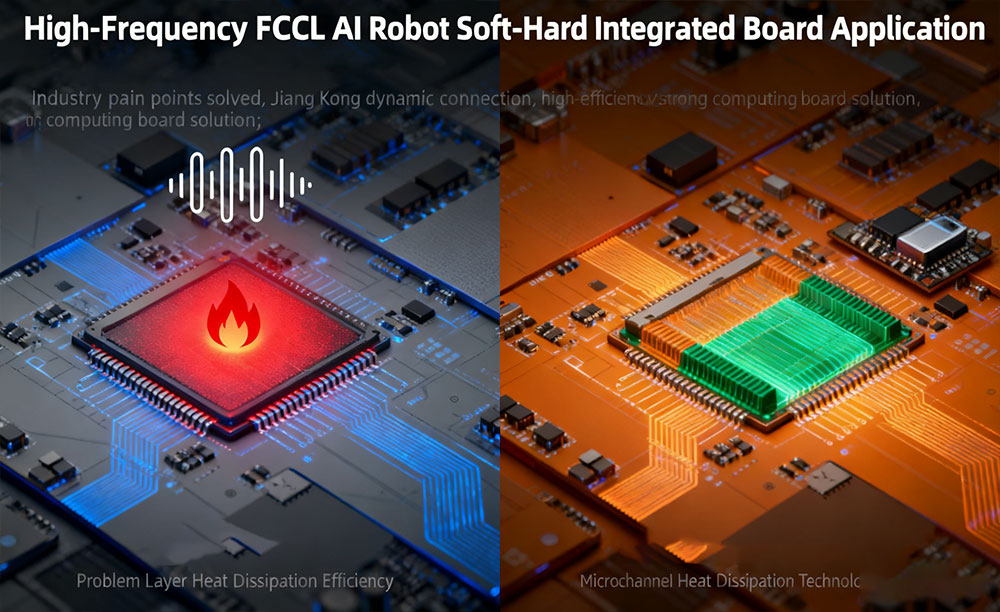
Although high-frequency FCCL has broad application prospects in the field of AI robots, it still faces three major pain points: high cost, insufficient reliability, and difficult process adaptation. The industry is gradually finding solutions through technological innovation and industry chain collaboration.

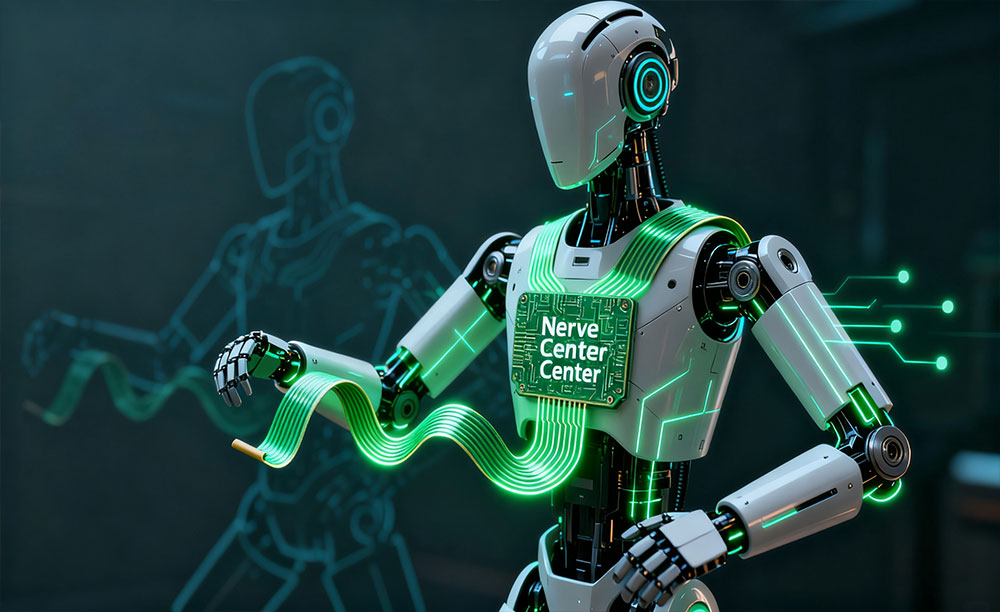
In the process of AI robots evolving towards miniaturization and high mobility, traditional rigid circuit boards are becoming a key bottleneck in their mobility. Flexible printed circuit boards (FPCs) have successfully overcome this limitation with their core characteristics of being flexible and thin, becoming the "nerve center" for moving parts such as robot joints and robotic arms.


When AI robots need to perform complex calculations and flexible actions simultaneously, a single ri

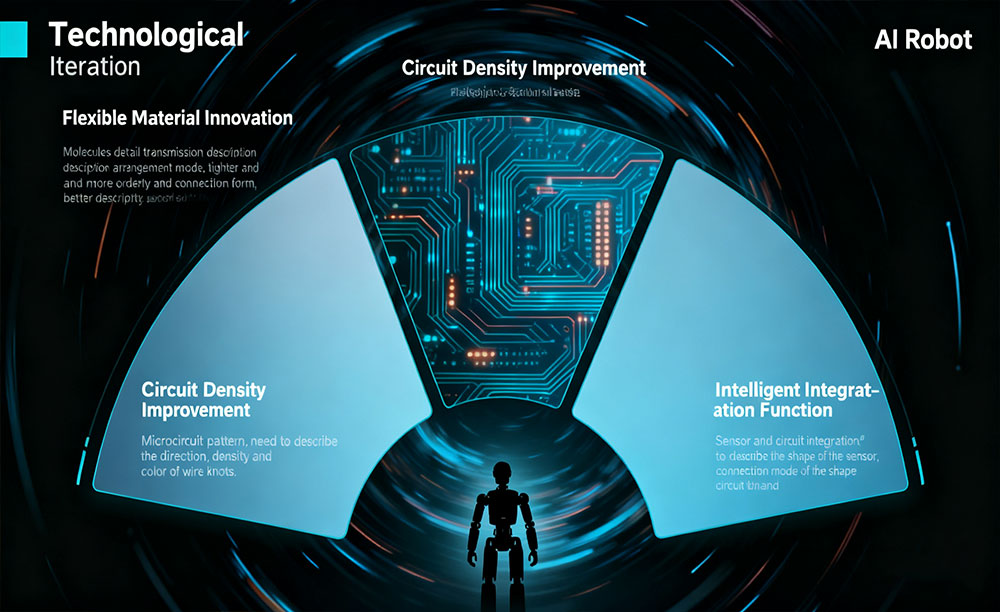
As AI robots upgrade towards "smarter, more agile, and more reliable", technological innovation in flexible circuit boards (FPCs) is unfolding around three core directions, continuously breaking through application boundaries.


In the commercialization process of AI robots, the balance between "performance improvement" and "cost control" has always been the core concern of manufacturers, and the technological evolution and application optimization of flexible circuit boards (FPCs) are becoming key variables to solve this problem.
